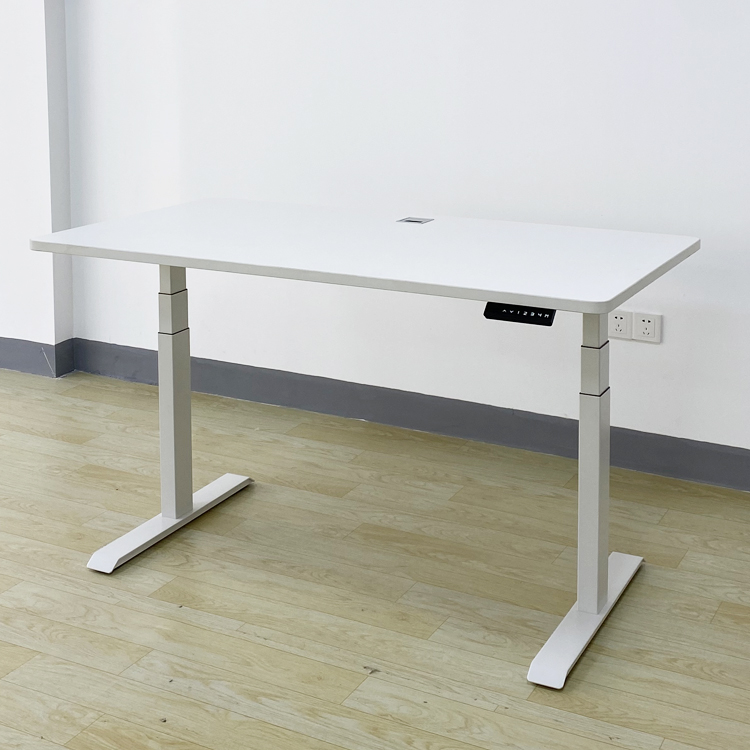Discussion on the joint application of titanium mesh fusion device and Orion titanium steel plate
At 6 weeks post-onset, X-rays revealed vertebral body changes. Enhanced imaging showed endplate erosion and a rough TFC (total disc replacement) with high signal intensity.
3. Discussion
3.1 The main features of spinal infection include spastic low back pain, fever, elevated erythrocyte sedimentation rate (ESR), and increased C-reactive protein (CRP). Infections typically occur through bacterial contamination of surgical incisions, hematogenous spread, or direct entry into the intervertebral space, leading to disc degeneration, necrosis, and subsequent subchondral bone destruction. This process results in the accumulation of inflammatory substances. When bacteria and these substances enter the spinal canal, they can form an epidural abscess, and if the infection spreads to adjacent vertebrae, it may lead to purulent spondylitis. Spinal infections following TFC implantation are rare. In this case series, two patients presented with acute onset and three with subacute onset. The clinical presentation was characterized by persistent, severe low back pain, often accompanied by fever and elevated ESR. The pain could be triggered or worsened by movement, and sometimes radiated to the perineum and lower limbs. MRI findings confirmed suppurative spondylitis in three cases and intervertebral disc space infection in two.
3.2 Surgical Strategies
Postoperative spinal infections often cause severe back pain and limited mobility, significantly impacting patients’ quality of life. Therefore, the primary treatment goal is to relieve pain and restore lumbar function as soon as possible. Historically, many authors have favored non-surgical management for postoperative infections, reserving surgery for cases that do not respond to conservative treatment or when spinal canal abscesses develop. However, non-surgical treatment essentially relies on spontaneous fusion of the affected intervertebral space, which may take 3 to 6 months. During this time, patients endure prolonged discomfort. After TFC implantation, spinal infections become more complex due to the lack of blood supply to the adult intervertebral disc, making it difficult for antibiotics to reach the site. Additionally, the presence of metal implants provides a favorable environment for bacterial growth. Inflammatory material around the TFC is hard to absorb, so non-surgical interventions often fail to control the infection effectively. In this group of five patients, prior to TFC removal, they had undergone 4–6 weeks of lumbar immobilization and high-dose broad-spectrum antibiotics, but symptoms remained unrelieved. As a result, the TFC was removed promptly, and the infected tissue was cleared 4–6 weeks after symptom onset, leading to rapid relief of low back pain. The natural progression of spinal infection following TFC implantation resembles acute osteomyelitis, with early stages marked by degenerative necrosis and later stages involving repair and reconstruction. Removing the TFC and clearing the lesion early during the initial phase allows the infection to progress into the healing stage faster, significantly reducing patient discomfort.
As many people work at home for a long time, many people are beginning to find that sitting on the sofa and looking at a laptop can cause back and neck pain and damage their health.
Standing Computer Table is very helpful to a healthy lifestyle and can solve your sedentary problem.
The ability to switch between sitting and standing during the day allows employees to stand up and move around while continuing to work.
Standing intermittently throughout the day can make your heart healthier and posture better.

Standing Computer Table,Electric Standing Table,Office Standing Table,Office Adjustable Table,Adjustable Table Legs
Suzhou Uplift Intelligent Technology Co., Ltd , https://www.upliftec.com